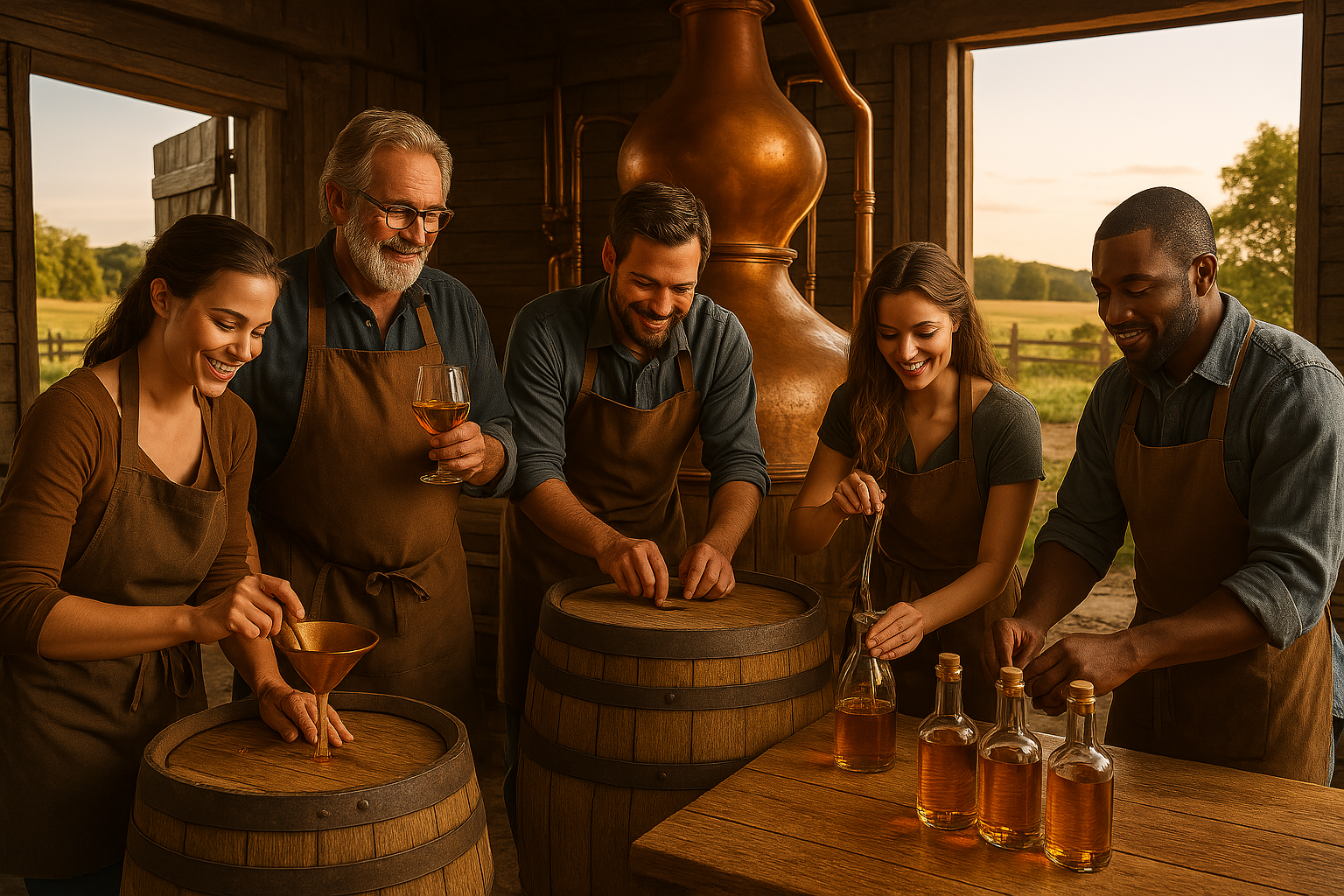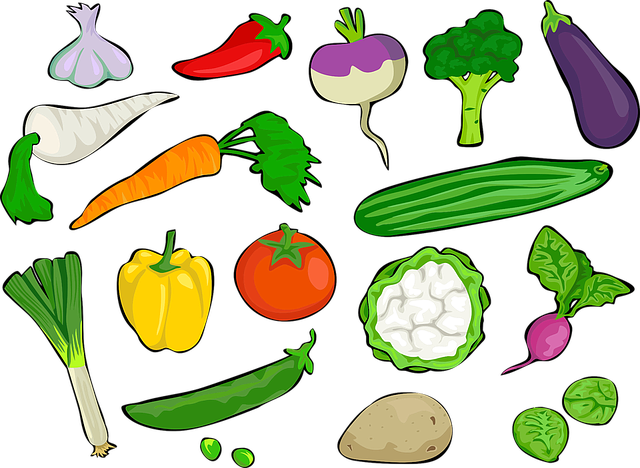Whiskey by Region: How Soil and Climate Affect Flavor Profiles

Whiskey may be made from grain, water, and yeast, but its character is deeply shaped by its origin. Soil, climate, and even water composition all influence how whiskey tastes. These environmental factors—known collectively as “terroir” in winemaking—matter just as much in distilling. While distillers have control over grain type, barrel aging, and fermentation, the land still leaves its mark. That’s one reason why enthusiasts seek out bottles from specific regions—and why so many choose to buy Buffalo Trace bourbon, known for its rich Kentucky heritage and the unique influence of the limestone-filtered water in that area. Let’s break down how whiskey’s flavor profile shifts across regions and why location matters more than many people realize.
Scotland: Peat, Mist, and Maritime Influence
Scotland’s whiskey regions are some of the most famous in the world, and each area offers something different. For example, Islay whiskies are known for their smoky, peaty character. That comes from the use of peat—a dense, earthy material formed from decayed plant matter—burned to dry the malted barley. Islay’s damp, boggy terrain provides plenty of it. The island’s coastal climate adds layers of salt and seaweed to the aroma and taste, giving these whiskies a bold, briny punch.
In contrast, the Highlands and Speyside are drier and less exposed to the sea. Their whiskies tend to be fruitier and lighter, with notes of heather, honey, and orchard fruits. The soil in these regions, more mineral-rich and less acidic than Islay’s peatlands, may subtly affect the water used in mashing and fermentation, contributing to a cleaner, softer flavor.
Ireland: Soft Rain and Smooth Spirits
Ireland’s temperate climate—with its steady rainfall and mild temperatures—creates lush fields of barley. The soil is loamy and fertile, which supports high-quality grain production. Irish whiskey is typically triple distilled, making it smoother than many Scottish counterparts. But the land also plays a role. The mineral content in local water is relatively low, and the mild climate allows for slower, more even aging in barrels.
The result is often lighter and creamier whiskey, with gentle floral or grain-forward notes. You’ll find less peat here, although some distillers are starting to experiment with smoky styles again. Still, most Irish whiskies reflect their soft, green landscape—clean, mellow, and easy-drinking.
United States: From Cornfields to Charred Oak
American whiskey, especially bourbon, is shaped by both its ingredients and its setting. Kentucky, the heart of bourbon production, has a limestone-rich soil that naturally filters the water, removing iron and adding calcium. This clean, mineral-rich water is ideal for distilling and contributes to bourbon’s round, full mouthfeel.
The climate in Kentucky—with hot summers and cold winters—helps whiskey expand and contract in the barrel. This movement forces the spirit in and out of the wood, extracting more flavor from the charred oak barrels. That’s one reason bourbon often has deep notes of vanilla, caramel, and spice.
While similar to bourbon, Tennessee whiskey adds an extra step: charcoal filtering (known as the Lincoln County Process). This further smooths the whiskey, and the local hardwoods used in the charcoal reflect the state’s forested terrain.
Meanwhile, distillers in other states—like Colorado or Texas—are working with more extreme climates. In drier, hotter regions, whiskey can age faster, pulling intense flavor from the barrels in just a few years. But that comes with challenges, like higher evaporation rates and the risk of overcooking. Still, these environments produce bold, sometimes experimental spirits with unique profiles.
Japan: Precision Meets Place
Japanese whisky has gained global recognition in recent decades. Its technique is heavily influenced by Scotland’s but shaped by Japan’s own geography. The country has varied climates, from snowy Hokkaido in the north to the warm southern islands. Many distilleries are located in mountainous regions with cool, clean air and pristine spring water. This helps create delicate, balanced, and refined whiskies.
Japanese distillers often emphasize harmony in flavor, drawing subtle notes from the environment. Humidity, elevation, and using local woods like Mizunara oak for barrels all influence the final product. Mizunara, in particular, imparts a spicy, sandalwood-like aroma not found in Western oak.
Canada: Cold Maturation and Blending Traditions
Canada’s whiskey production spans vast and diverse landscapes, but its cold climate is a defining trait. Aging barrels in cold storage slows maturation, leading to smoother, more subtle spirits over time. Canadian whisky—often rye-heavy and blended—is known for its approachability and light spice.
The grains used in Canadian whisky often come from the country’s vast prairie provinces, where nutrient-rich soil and long summer days grow high-quality rye and corn. While Canada may not push bold, regional flavor differences as aggressively as other countries, its climate and grain quality still shape the overall character of its whiskies.
Why It Matters
Understanding how regional factors affect whiskey doesn’t just make you a better taster—it connects you to the place behind the bottle. Soil and climate influence the grain, the water, and the aging process, shaping flavor. Whether it’s the sea spray of Islay, the limestone of Kentucky, or the mountain mist of Japan, terroir gives whiskey a sense of place.
It’s worth exploring different styles and regions by brand and geography. You might find that your taste preferences align with the land as much as the label. What kind of terrain suits your palate?

